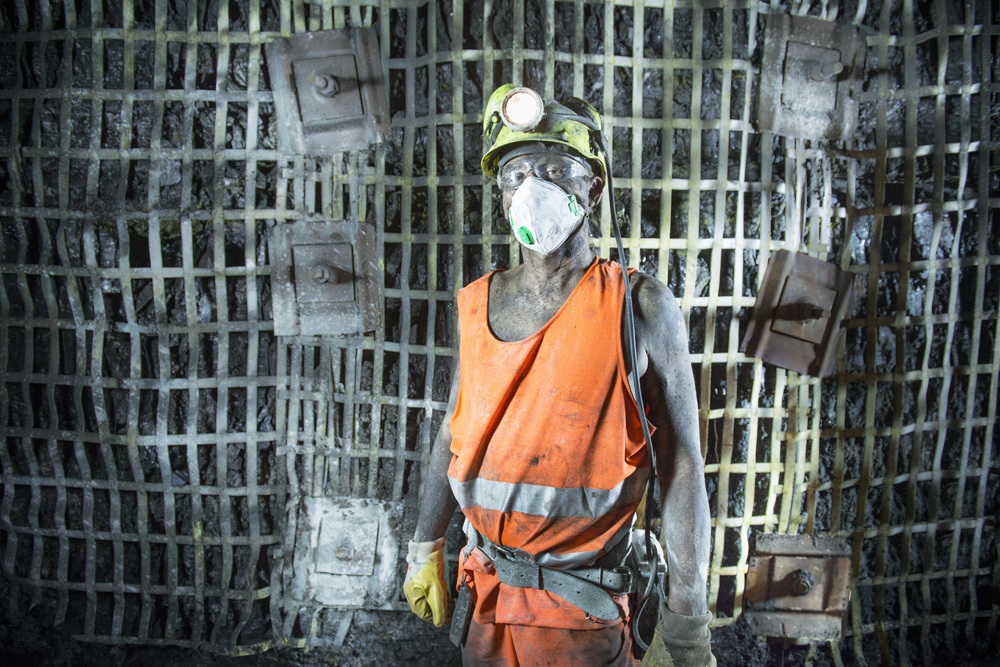
Confirmation that the UK’s last deep coal pit is scheduled to close next week signals the end of an era for a once proud industry.
Kellingley Colliery in North Yorkshire is set to close next Friday, leaving hundreds of miners looking for new jobs.
Owner UK Coal will also go out of business.
The nearby towns of Knottingley, Featherstone, Pontefract, Castleford and Normanton are steeped in mining heritage, with generations of local people having worked in its pits.
The towns boasted several collieries in the industry’s heyday and at its height Kellingley was known locally as the Big K, employing more than 2,500 miners.
The coal industry has now collapsed, leaving a handful of open cast and drift mines employing a few thousand workers.
After the end of the Second World War there were almost 1,000 collieries employing up to a million miners, making the industry a powerhouse and major employer in communities across Britain.
By 1957 the figure dropped to 822, then, towards the end of the 1950s, the Conservative Government and National Coal Board began to implement a pit closure programme.
More money was pumped into gas and new nuclear power programmes, and between the years 1957 and 1963, there were 264 colliery closures, while the number of miners fell by nearly a third.
During this six-year period, Scotland lost 39% of its pits, while 30% of those in South Wales, Northumberland and Durham were wiped out.
Closures continued under a Labour Government in the 1960s, with the National Union of Mineworkers (NUM) describing an industry being “decimated.”
Hundreds more pits were closed, and the total workforce slumped from over 750,000 in the late 1950s down to 320,000 by 1968.
Miners sometimes became known as “industrial gypsies” as pit closures forced them to move from coalfield to coalfield in search of jobs.
British coal met between 75-80% of the nation’s needs before the closures took hold.
The industry was to become embroiled in one of the most bitter industrial disputes ever witnessed in this country when a strike started in Yorkshire in early March 1984.
The union was protesting against more pit closures, and within days the dispute rapidly escalated, with most of the country’s 190,000 miners on strike.
They became embroiled in a daily routine of picketing outside collieries, most of which had ground to a halt.
During the year-long stoppage, an estimated 20,000 people were injured or admitted to hospital, including NUM leader Arthur Scargill.
The miners returned to work after a year on strike, to an industry which would never be the same again.
A total of 24 pits closed in 1985, 16 the following year and a further 35 before 1990.
Closures continued in the early 1990s after the industry was privatised at the end of 1994.
Mr Scargill was ridiculed when he warned in 1993 that the number of pits would be cut to 12.
Even his grim prediction has turned out to be wrong.
Recommended for you
